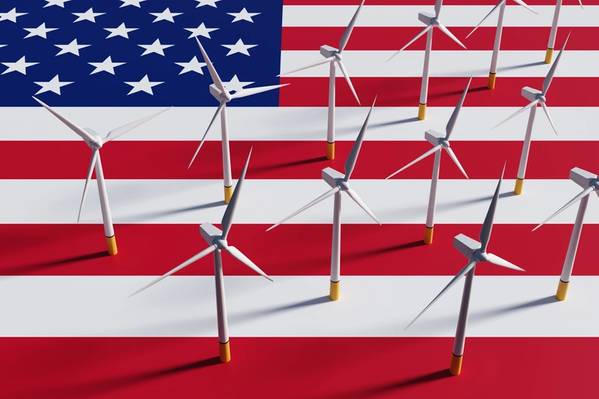
We are fast approaching a potential inflection point for the U.S. offshore wind industry, the November 2024 elections.
On the positive side of the scale, federal and state leases supporting approximately 63 gigawatts (GW) of offshore wind capacity have been awarded to developers on the East Coast, Pacific Coast and Gulf of Mexico. Further, this year the government plans to auction floating wind sites in Oregon and the Gulf of Maine that can potentially support more than 18 GW of capacity before the elections. Federal agencies have also permitted over 10.5 GW of project capacity this year, taking the total to 12.2 GW, of which 9.4 GW has secured state offtake commitments. In all, over 15 GW of project capacity has secured offtake agreements.
Federal agencies are currently planning to permit at least another 10 GW of project capacity by mid-2028 and have released a 2025-2028 leasing timetable that includes auctions in the Gulf of Mexico, the Central Atlantic, the New York Bight, California, Hawaii and a U.S. territory, which may be Guam.
However, and even without the uncertainty of the elections, Intelatus Global Partners' forecast has “shifted to the right”, meaning less capacity is expected to be commissioned by 2035 than previously forecast. Our 2035 forecast now counts approximately 51 GW of bottom-fixed capacity and approximately 9 GW of floating capacity and sees annual capacity additions of approximately 4.5-10.5 GW post 2030.
To some extent, states are addressing developer concerns around inflation and interest rates, but there remain significant supply chain challenges to meeting the forecast.
By the end of the year, a clear direction of travel for the U.S. offshore wind segment should emerge.